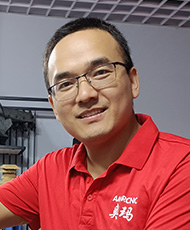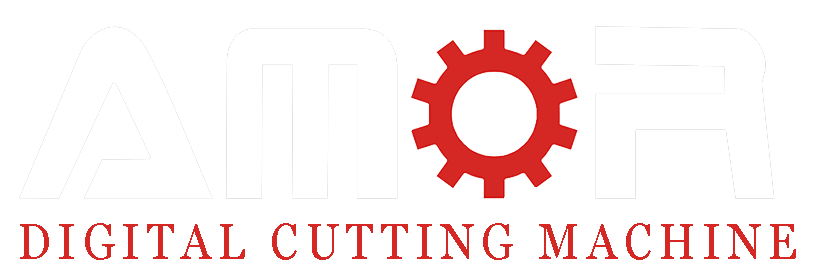The increasing shift towards Oscillating Knife Cutting Machines in the field of polyester fiber acoustic panel wall processing is primarily due to the limitations and challenges posed by traditional cutting and grooving methods. Let’s delve into the specific issues and how modern cutting technology offers solutions.
Challenges with Traditional Methods:
- Limited Design Capability
Traditional techniques often fail to accommodate complex or intricate designs, severely limiting the range of possible applications. - Low Processing Efficiency
Manual and older automated methods generally have lower speeds and require extensive setup times, leading to reduced throughput. - High Defect Rate
The lack of precision inherent in older methods increases the likelihood of defects, translating to wasted materials and increased costs. - Lack of Integrated Operations
Traditional methods usually can’t handle cutting and grooving in a single pass, requiring separate processes that add time and complexity.

Advantages of Oscillating Knife Cutting Machines:
- Design Flexibility
Advanced cutting technology allows for the production of complex and intricate designs, expanding creative possibilities. - Operational Efficiency
High-speed automated processes, including batch processing, significantly accelerate production, reducing time-to-market. - Precision and Consistency
Equipped with precise components like Mitsubishi servo motors and HIWIN guide rails, these machines produce consistently high-quality cuts and grooves. - Integrated Cutting and Grooving
Modern machines can perform both cutting and grooving operations in a single pass, simplifying the production process and saving time. - Cost-Effectiveness
The automation and precision offered by Oscillating Knife Cutting Machines not only reduce labor costs but also minimize material waste, offering an excellent return on investment. - User Experience
The software interfaces are typically user-friendly and customizable, allowing for quick adjustments and real-time monitoring.
By addressing these challenges effectively, Oscillating Knife Cutting Machines have become the preferred choice for many clients in the polyester fiber acoustic panel wall processing sector.

Guide to Selecting an Oscillating Knife Cutting Machine for Polyester Fiber Acoustic Panel
As an expert in the Oscillating Knife Cutting Machine industry, I understand the growing trend among clients in the polyester fiber acoustic panel wall processing sector to opt for these advanced machines. To assist such clients in selecting a machine that aligns with their needs while ensuring high efficiency and quality, here are some key guidelines:
Cutting Precision
Servo Motors: Choose machines with reliable servo motors, such as Mitsubishi, for high-precision cutting.
Cutting Resolution: A high-resolution cutting ability is essential for intricate designs and patterns.
Material Compatibility
Tooling Options: Verify that the machine can accommodate specialized cutting and grooving tools suitable for working with polyester fiber.
Speed and Efficiency
Processing Speed: Opt for machines that offer high cutting speeds to maximize productivity.
Batch Processing: The ability to handle multiple panels in one run is a considerable advantage.
Software Capabilities
User Interface: Look for machines with intuitive software for quick design adjustments and operation.
Multi-Functionality: Ensure the software can handle both cutting and grooving functions.
Vendor Support and Warranty
Training: Comprehensive training programs can help you get the most out of your machine.
After-Sales Support: Opt for vendors offering robust after-sales support and extended warranties, such as a 3-year warranty.
Cost and ROI
Cost-Benefit Analysis: While the initial investment is crucial, also consider the operational costs and potential ROI.
By following these guidelines, clients can make a well-informed decision that will meet their specific needs for cutting and processing polyester fiber acoustic panel walls efficiently and effectively.
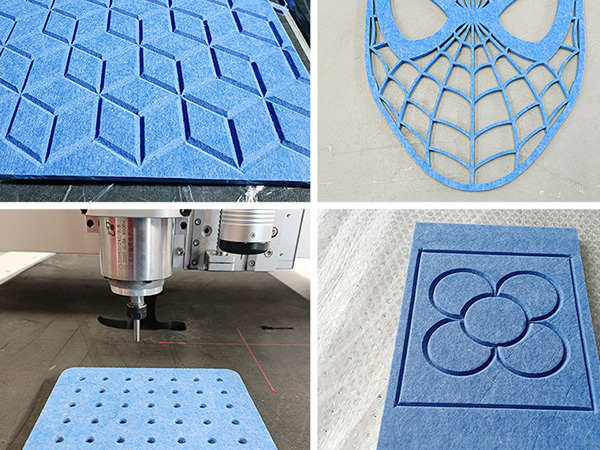
AMOR CNC Solutions for Polyester Fiber Acoustic Panel
The polyester fiber board is the main material of the sound insulation board, and is often cut and carved into an arbitrary shape for the sake of beauty, and then spliced into a wall surface or a ceiling which is both sound absorbing and beautiful.
The primary processing method of sound-absorbing panel decoration is punching, slotting, cutting, etc. Ordinary manual cutting will cause uneven cutting, burrs, low efficiency, etc., and waste materials, so more and more people choose intelligent Digital cutting machines replace manual cutting.
When it comes to cutting and grooving polyester fiber acoustic panels, AMOR CNC offers specialized machine models: AMOR1625MK and AMOR1640MK. Below are the features and advantages tailored for this specific application.
3 Key Features for polyester fiber sound-absorbing panels:
- Work area
Designed to accommodate standard polyester fiber acoustic panel sizes of 1220mm x 2440mm. - Advanced Adhesion System
Our specialized follow-up adhesion system addresses the strong breathability and poor absorption issues of polyester fiber acoustic panels, ensuring they are firmly secured to the worktable during operations. - Multi-Tool Compatibility
The machines are capable of holding multiple processing tools, allowing for cutting, grooving, and punching to be completed in a single run, enhancing production efficiency.
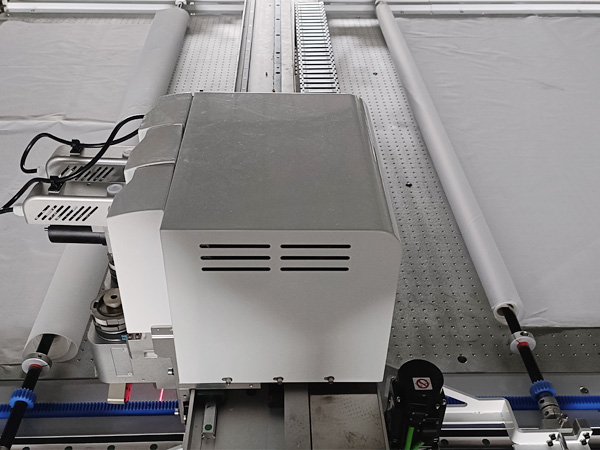
6 configuration advantages of AMOR CNC oscillating knife cutting machine:
Strong power output
The X-axis adopts dual Japanese Mitsubishi servo motors, with a 1:5 high-precision reducer, which has strong power and meets high-precision, high-intensity continuous work.
Schneider low voltage appliances
Scientific and reasonable wiring design, each wiring harness has a number, which is convenient for later maintenance and quality inspection. Relays, power switches, etc. all use Schneider brand to ensure good stability of the machine.
Die-extruded aviation aluminum beam
The beam adopts the die extrusion process, the thickness is 7mm, the precision is higher, the weight is lighter, the deformation resistance is stronger, and it is suitable for high-speed and long-lasting operation.
Vacuum adsorption system
The high-quality aviation aluminum suction table with a thickness of 43mm, combined with a high-power variable frequency vacuum suction pump, has super suction, which can firmly fix the processing materials.
Multi-tool combination system
According to different processing requirements, it can be equipped with milling cutters, oscillating knives, beveling knives, drag knives, creasing knives, half knives, wheel cutters and other tools to meet different materials and different processes
Taiwan HWIN linear guide
The high-quality transmission system adopts Taiwan HWIN linear guides and four rows of high-precision ball sliders, and has its own lubrication system to reduce frictional resistance during high-speed cutting.
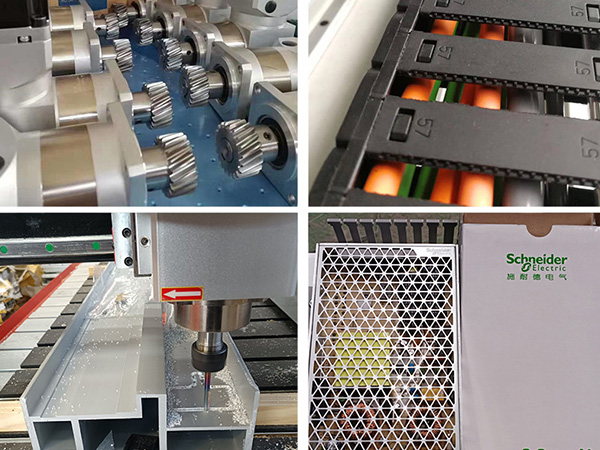
5 Tools for Polyester Fiber Acoustic Panel Industry
- Oscillating Knife
Use: Fast cutting of 9-20mm thick polyester fiber acoustic panels.
Advantage: Ideal for quick and precise cuts. - Grooving Tool
Use: Allows for grooving at angles of 15°, 22.5°, 30°, and 45° on both curved and straight lines.
Advantage: Customizable grooving angles available based on client requirements. - Pneumatic Oscillating Cutting Tool
Use: Designed for cutting panels with a thickness greater than 30mm.
Advantage: Capable of cutting panels ranging from 30-60mm thickness. - Milling Cutter Tool
Use: Useful for marking locating holes on acoustic wall panels and for U-shaped grooving.
Advantage: Multi-purpose, ideal for specialized tasks. - Punching Tool
Use: Designed for bulk punching work on 9mm thick polyester fiber acoustic panels, with hole sizes of 6mm or 10mm.
Advantage: Efficient for mass production.
In summary, these tools are designed to handle a wide range of tasks, from cutting and grooving to marking and punching, providing a versatile and efficient solution for your polyester fiber acoustic panel processing needs.

Integrating Multiple Tools into the Processing Workflow for Acoustic Panels
As an industry expert in oscillating knife cutting machines, I can provide insights into how you can seamlessly integrate multiple tools into your processing workflow for polyester fiber acoustic panels. Here’s how:
Step 1: Requirement Analysis
Objective: Understand the types of tasks that need to be performed—cutting, grooving, punching, etc.
Material: Evaluate the thickness and types of polyester fiber acoustic panels you’ll be working with.
Step 2: Tool Selection
Oscillating Knife: For fast cutting of standard thickness panels.
Grooving Tool: For creating grooves at various angles.
Pneumatic Oscillating Cutting Tool: For cutting thicker panels.
Milling Cutter Tool: For marking and specialized grooving.
Punching Tool: For mass punching tasks.
Step 3: Software Configuration
Tool Path Settings: Configure the software to recognize each tool and its respective function.
Batch Processing: If your machine software allows, set up batch processing to utilize multiple tools in one run.
Step 4: Test Run
Perform a test run with scrap material to ensure that the machine switches tools correctly and executes all tasks as planned.
Step 5: Quality Check
Inspect the test pieces for accuracy and quality to ensure the tools are integrated successfully.
Step 6: Production
Once the test run is successful, you can proceed with actual production, confident that your machine will automatically switch between tools as needed.
Step 7: Post-Processing & Quality Assurance
Perform any necessary post-processing steps and conduct a final quality check.
Step 8: Data Analysis for Continuous Improvement
Keep records of machine performance and tool effectiveness for ongoing optimization.
By following these steps, you can integrate multiple tools into a single processing workflow, maximizing efficiency and versatility in the production of polyester fiber acoustic panels.
Cutting Demonstration
To give our clients a firsthand experience of the capabilities of AMOR CNC Oscillating Knife Cutting Machines, we’ve included a video demonstration at the end of this article.
The Significance of the Video:
The purpose of this video is to provide a visual guide on how our machines can perform multiple tasks in a single run. For businesses looking to invest in a reliable and efficient solution, seeing the machine in action can be a decisive factor.
What the Video Covers:
- Dual-Knife Holder:
The video showcases a machine equipped with a dual-knife holder, demonstrating how two different tasks—cutting and grooving—can be completed in one go. - Types of Grooves:
We particularly focus on showing how the machine handles different types of grooves, including: Straight Grooves: Ideal for panels that need to be folded at sharp angles. Curved Grooves: For panels requiring more intricate folding patterns. Circular Grooves: Useful for creating rounded or circular patterns.
- By watching the video, you can get a clear understanding of how our Oscillating Knife Cutting Machines can streamline your polyester fiber acoustic panel production. This will not only improve your operational efficiency but also enhance the quality of the end product.


